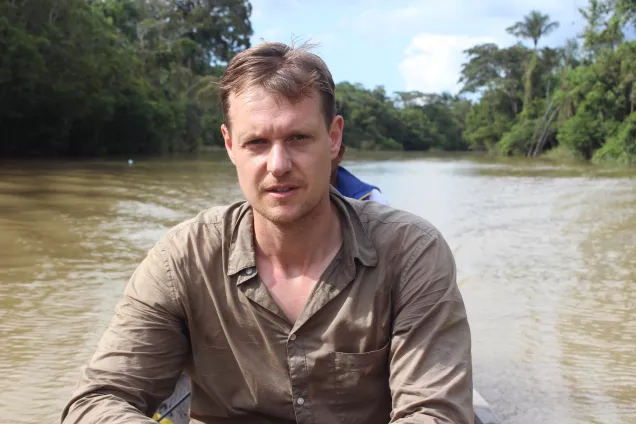The armed conflict shaped and determined land-uses, water access and social and environmental norms in highlands regions in Colombia for several decades. The withdrawal of the Revolutionary Armed Forces of Colombia (FARC) after the Peace Agreement with the government of Colombia in 2016, has brought new dynamics in access and uses of land leading to increasingly visible social-environmental impacts across the country. Social and environmental transformations are taking place in Colombia's highlands and páramo areas, which supply 70% of the country's freshwater. Yet, there is little understanding how these transformations occur.
In a new research article published in Frontiers in Environmental Science Land Use Dynamics, Krause and Betancur describe the clash between previous guerrillas’ regime and the newly arrived environmental authorities. This paper is based on Betancur’s master thesis developed in 2019 during her studies in the LUMES programme.
The ethnographic study highlights how peasants without legal land titles experience less access to land and water after the FARC’s retreat due to the return of landowners, the legal arrangements about ownership of the land, the procedures for obtaining legal water concessions, and the governmental decisions on water resource conservation. These tensions reinforce the historically unequal resource and land distribution that characterize the country.
The study is part of the interdisciplinary research project The Nature of Peace, supported by the Swedish Research Council for Sustainable Development (FORMAS). The fieldwork for this research was funded by the International Swedish Center for Local Democracy (ICLD).
Read more about the findings in the blog post of The Nature of Peace blog at lu.se

